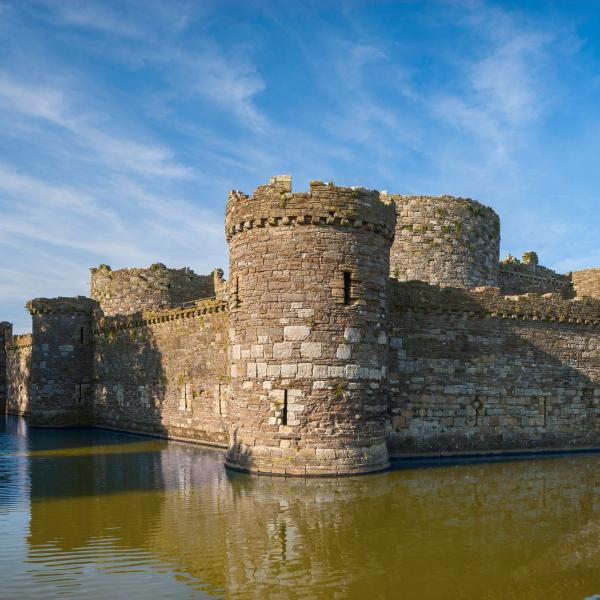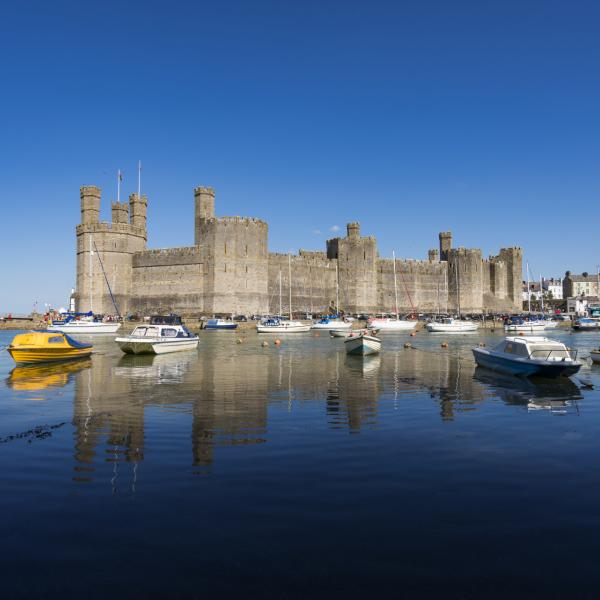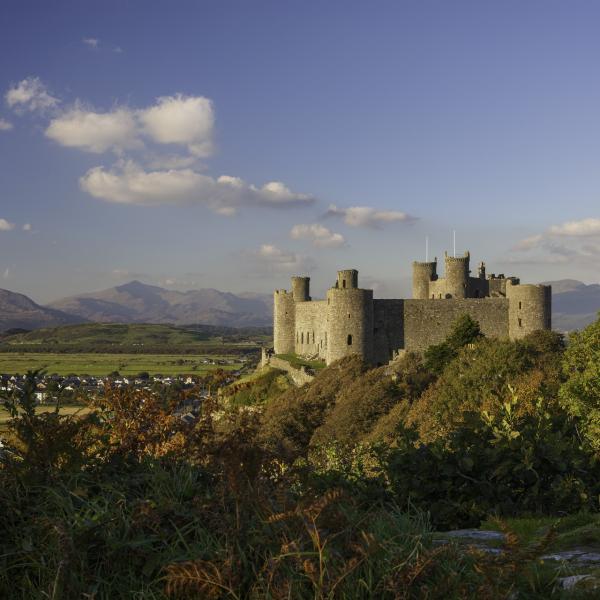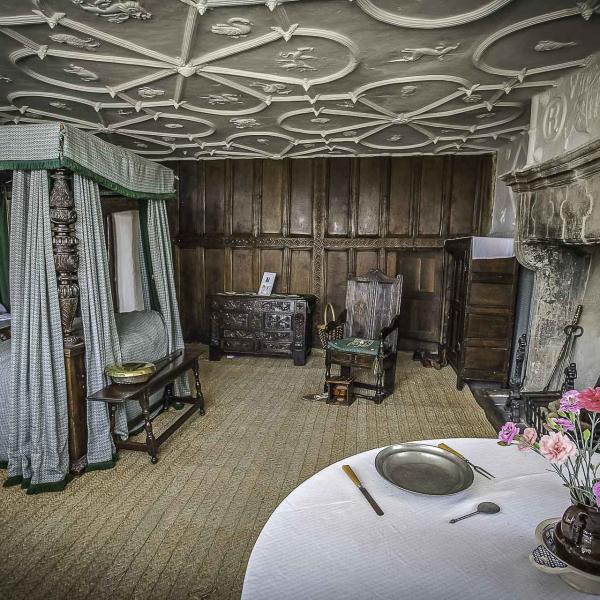Custodian tips
Here are our custodians' suggestions of things to look at and listen to when using Pyka_Lens App at sites...
Specific areas of visual interest (e.g. landmarks, interesting textures, areas of the site that are usually missed/overlooked/not the main attraction)
Raglan is a distinct architectural departure from most castles in Wales, its dates (1435 to 1646) covering the very tail end of the castle-building era. Probably the most striking feature is the Great Tower with its water-filled moat around the base, but there is a wealth of detail hidden away in the site. Fragments of ornamental stonework can be found dotted all over, from statues to fireplaces. Better still are the things that can be found merely by looking up. Jeering gargoyles, hidden rooms and the elaborate decorations inwindow alcoves, still in the original, centuries-old plaster. Masons' marks dot the site's stonework as well, small signatures of the experts who built the castle itself.
Specific environmental interest (e.g. surrounding scenery, landscape, seasonal wildlife)
From the grounds, and especially atop the towers, the landscape of Monmouthshire rolls out in all directions.
On the horizon sit the Sugarloaf and the Blorenge, iconic mountains of this corner of Wales. At different times of year, the fields closer to the castle will have varying crops, including some to the northeast that occasionally become a sea of blue as the linseed plans flower.
Specific areas of sonic interest (e.g. naturally occurring sounds, sounds from installations at the site, areas with interesting echoes or reverberation)
Sonically, the castle is alive. The moat walk around the base of the Great Tower has its own acoustics, and on some days you can hear popping from the water as the fish feed. The undercroft, a former wine cellar, comes with its own atmospheric acoustics in the dark, and the castles walls often echo to the sounds of children playing the musical keys installation, or running from area to area.




